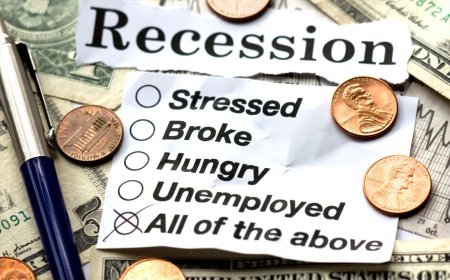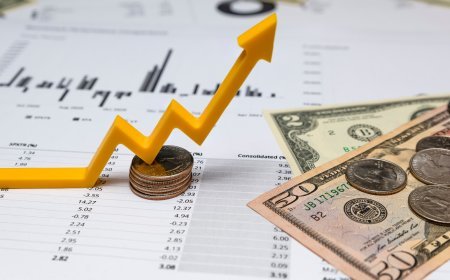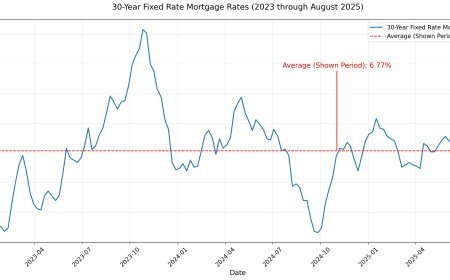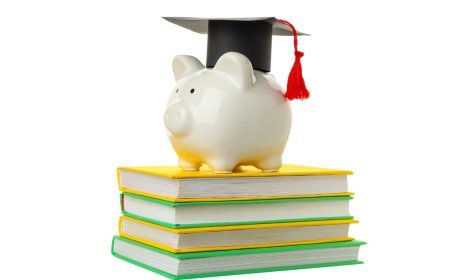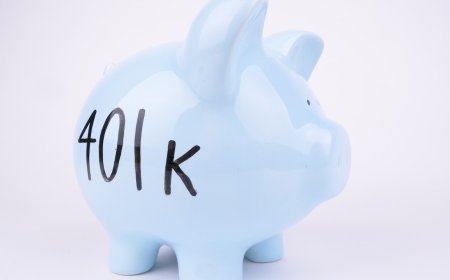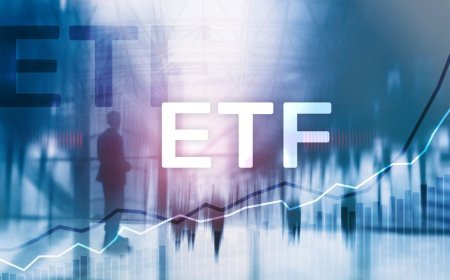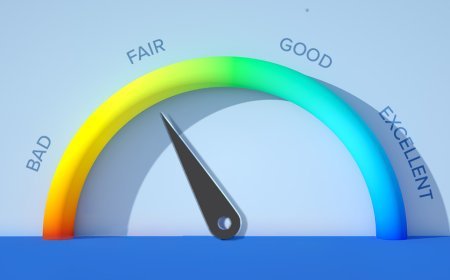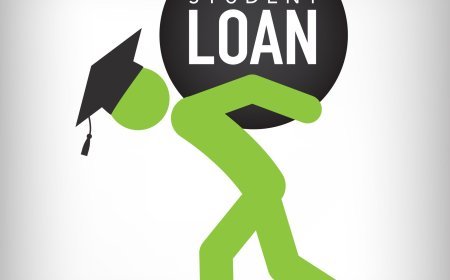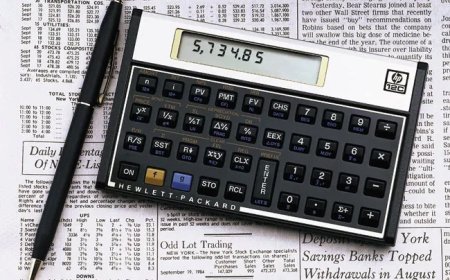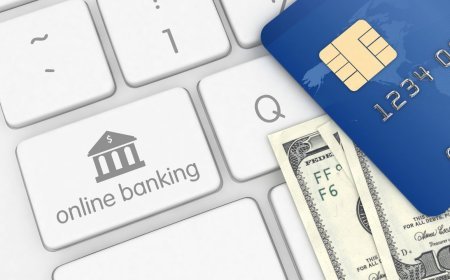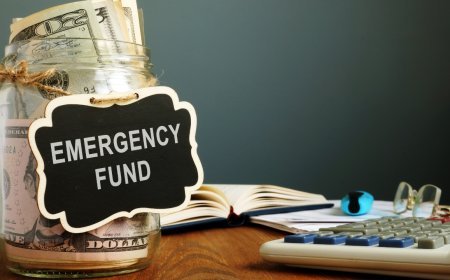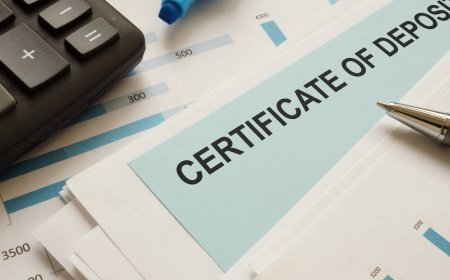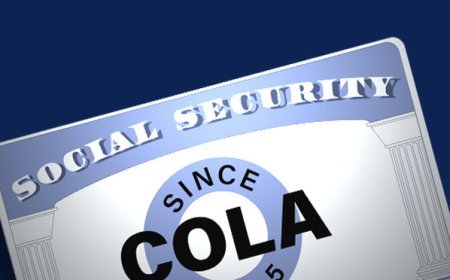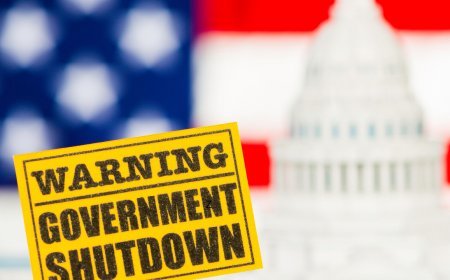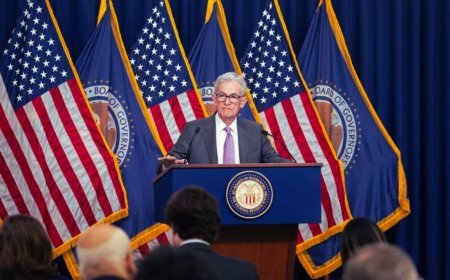Fed Cuts Rates by 0.25%: What Does It Mean for You?
Explore the Federal Reserve’s latest 0.25% interest rate cut and its real-world effects on your wallet, from easing mortgage and credit card payments to shifting savings yields and stock market trends. This guide unpacks the economic drivers behind the decision and delivers actionable advice to help you adapt your finances in a lower-rate era.
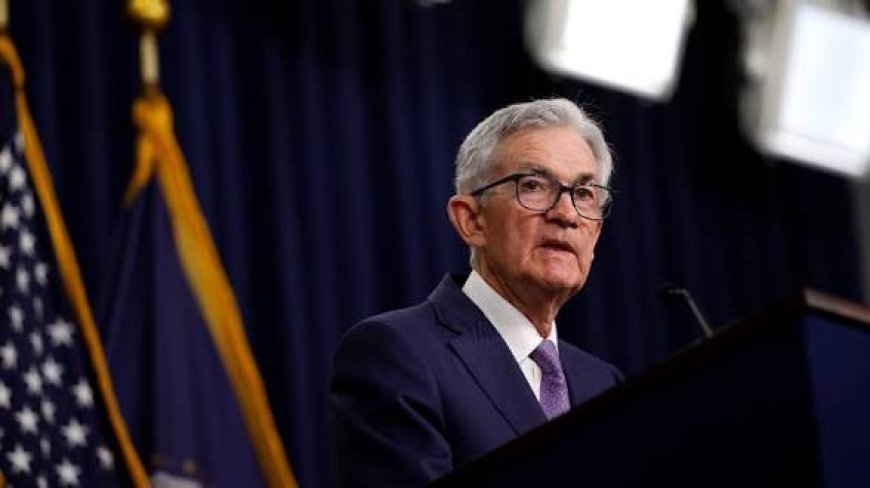
In a move that has been widely anticipated by economists and investors alike, the Federal Reserve announced today a 0.25% cut to its benchmark interest rate, bringing the federal funds rate target range down to 4.00%-4.25%. This marks the first rate reduction since December 2024 and signals the Fed’s response to cooling inflation and signs of a softening labor market. But beyond the headlines, what does this decision really mean for everyday Americans, borrowers, savers, and investors? Let’s break it down.
A Quick Recap: Why the Rate Cut?
The Federal Open Market Committee (FOMC) concluded its two-day meeting on September 17, 2025, with Chair Jerome Powell emphasizing the need to support economic growth while keeping inflation in check. Recent data showed unemployment ticking up slightly and consumer spending moderating, prompting the Fed to ease monetary policy. This quarter-point cut—equivalent to 25 basis points—was favored by markets, with a 94% probability priced in ahead of the announcement. While some speculated on a larger 0.50% cut, the more measured approach reflects the Fed’s cautious stance amid ongoing economic uncertainties.
Lower Borrowing Costs: Good News for Debtors
One of the most immediate impacts of a rate cut is on borrowing. If you have variable-rate debt, such as credit cards, home equity lines of credit (HELOCs), or adjustable-rate mortgages (ARMs), you could see your interest payments decrease over time. For example:
• Mortgages: Fixed-rate mortgages won’t change immediately, but new homebuyers or those refinancing might lock in lower rates. According to recent data, the average 30-year fixed mortgage rate could dip below 6% in the coming months, making homeownership more accessible.
• Auto Loans and Student Loans: Expect banks to pass on savings, potentially reducing monthly payments on new loans by $10-20 per $10,000 borrowed.
• Credit Cards: With average APRs hovering around 20%, even a small drop can add up. If you’re carrying a balance, this is a cue to accelerate payoffs before rates stabilize.
Overall, this cut could save American households billions in interest expenses annually, freeing up cash for spending or saving.
Savers Might Feel the Pinch
On the flip side, if you’re relying on high-yield savings accounts, certificates of deposit (CDs), or money market funds, returns are likely to trend lower. The current average yield on savings accounts is around 4.5%, but post-cut, banks may adjust downward. Pro tip: Lock in current rates with longer-term CDs before further declines. While this hurts short-term savers, it’s part of the Fed’s strategy to encourage spending and investment over hoarding cash.
Stock Market and Investments: A Potential Boost
Wall Street often cheers rate cuts, as cheaper borrowing fuels corporate growth and consumer spending. Expect sectors like technology, real estate, and consumer discretionary to benefit most. The S&P 500 has already rallied in anticipation, but volatility could persist if future cuts are uncertain. For retirement accounts like 401(k)s or IRAs, this environment favors growth stocks over bonds, though diversification remains key. Bond prices, conversely, may rise as yields fall, offering gains for fixed-income investors.
Broader Economic Implications
This rate cut isn’t happening in a vacuum. With inflation now below 3% and the economy growing at a steady clip, the Fed aims to prevent a recession while avoiding rekindling price pressures. For small businesses, lower rates mean easier access to capital for expansion. Job seekers might see hiring pick up as companies invest more. However, if global factors like trade tensions or energy prices intervene, the Fed has signaled readiness for additional cuts—potentially one or two more in 2025.
What Should You Do Next?
• Review Your Finances: Check your debt and savings rates. Consider refinancing high-interest loans.
• Invest Wisely: Consult a financial advisor to adjust your portfolio for a lower-rate environment.
• Stay Informed: The Fed’s next meeting in November could bring more changes. Follow FinanceMastering.com for updates.
In summary, today’s 0.25% rate cut is a positive step toward economic balance, offering relief to borrowers while challenging savers. As always, personal impact depends on your financial situation—use this as an opportunity to optimize your strategy.
Disclaimer: This article is for informational purposes only and not financial advice. Consult professionals for personalized guidance.
What's Your Reaction?
 Like
0
Like
0
 Dislike
0
Dislike
0
 Love
0
Love
0
 Funny
0
Funny
0
 Angry
0
Angry
0
 Sad
0
Sad
0
 Wow
0
Wow
0


